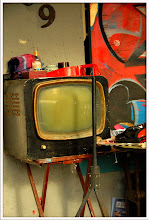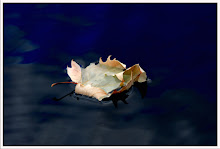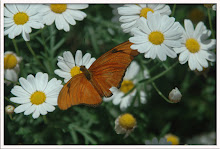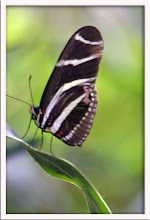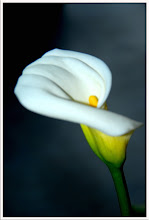Tips for Black and White Photography
By
SLR TodayPublished 08/25/2006
How to Take Better Black and White Photographs
Black-and-white photography has become increasingly popular once again. When color photography first burst upon the scene, black-and-white photography fell out of favor. It was seen as "old" and "out." But in recent years, we are rediscovering the beauty of black-and-white, and today we admire the power and purity of black-and-white images.
Here are some important elements to consider in taking black-and-white photographs.
Subject
Choose your subject carefully. Some subjects that look interesting in color look dull in black-and-white. On the other hand, black-and-white can create an unexpectedly intimate portrait or transform a simple scene into a dramatic moment.
Photographs of people look especially good in black-and-white. More and more people are having their wedding pictures taken in black-and-white because it makes the photographs look timeless and therefore more romantic. Black-and-white photographs of couples on honeymoon or on vacation can be equally captivating. Whereas a color picture might be a mere record of a trip, a black-and-white photograph captures emotions and impressions with unusual power. When you're in a festive or exciting place, your first instinct might be to take color pictures, but if you've ever seen a black-and-white photograph of a man kissing a woman on a beach, you know how much more compelling a black-and-white photograph can be.
Black-and-white photographs of children and babies are also very beautiful and sentimental. Children grow up, and babies won't be babies forever, so the nostalgic atmosphere that black-and-white photographs create is especially appropriate.
When you're taking black-and-white photographs of people, it is better if they are dressed simply and in solid colors, not in prints. The fewer the elements in a black-and-white photograph, the more dreamy or dramatic it will be.
Buildings, landscapes, and other scenes are also valuable subjects in black-and-white photography. Keep an eye out for the unexpected. The way the light falls on a table, the shadow of a bicycle on the ground, or the swaying of a tree in the wind could be the subject of your next black-and-white masterpiece.
Background
Make sure the background does not distract from your subject. Sometimes moving your subject a few feet to the right or left is all that you need to eliminate unnecessary elements from your photograph. If that doesn't work, try taking the picture from a different angle.
Light and shadow
You could say that light and shadow are all there is to black-and-white photographs. That's why it's so important to use them to your advantage. Take pictures of the same scene at different times of the day and you'll see how important light and shadow are to the mood of a photograph. You can also experiment with different qualities of light. For example, take a picture of a fence on a bright day, and take another picture of the same fence on a foggy day.
Colors
Some colors that are eye-catching in a color picture can get washed out in a black-and-white photograph. The same thing can happen with color combinations. For example, red and green look striking together, but in a black-and-white photograph, the two colors are nearly indistinguishable. It all comes back to subject. Choose a subject that looks interesting or dramatic in black-and-white and does not rely on color for its beauty.
Shapes
Precisely because of its lack of color, black-and-white photography relies greatly on shapes and lines to provide interest. A black-and-white photograph that is all straight lines can look modern and architectural, but it can also look flat. A subject that incorporates slanting lines, crooked lines, or curves generally looks interesting in black-and-white.
Texture
Like shapes, textures are very important in black-and-white photography. The surface of a straw hat has more visual impact than the surface of a baseball cap. If you're taking a picture of your small son, consider dressing him in a cable-knit sweater instead of a T-shirt.
Perspective
In photography, perspective is one of your best friends. It can help you tell a story, suggest relationships, and bring a boring subject to life. The black-and-white photograph of straight lines mentioned above won't look flat if you take it from an unusual angle. If you're photographing a wall of windows, stand near the bottom of the building and point your camera up. If you're taking a picture of your new puppy, stand over it with your camera, and it will look very small and sweet.
Remember, black-and-white photography is beautiful because it creates images that are so personal and meaningful. Experiment with it and have fun with it. A few years from now, when your children are grown and you've moved to a different town, you'll be glad you made the effort to capture what was around you, when it was still around.












